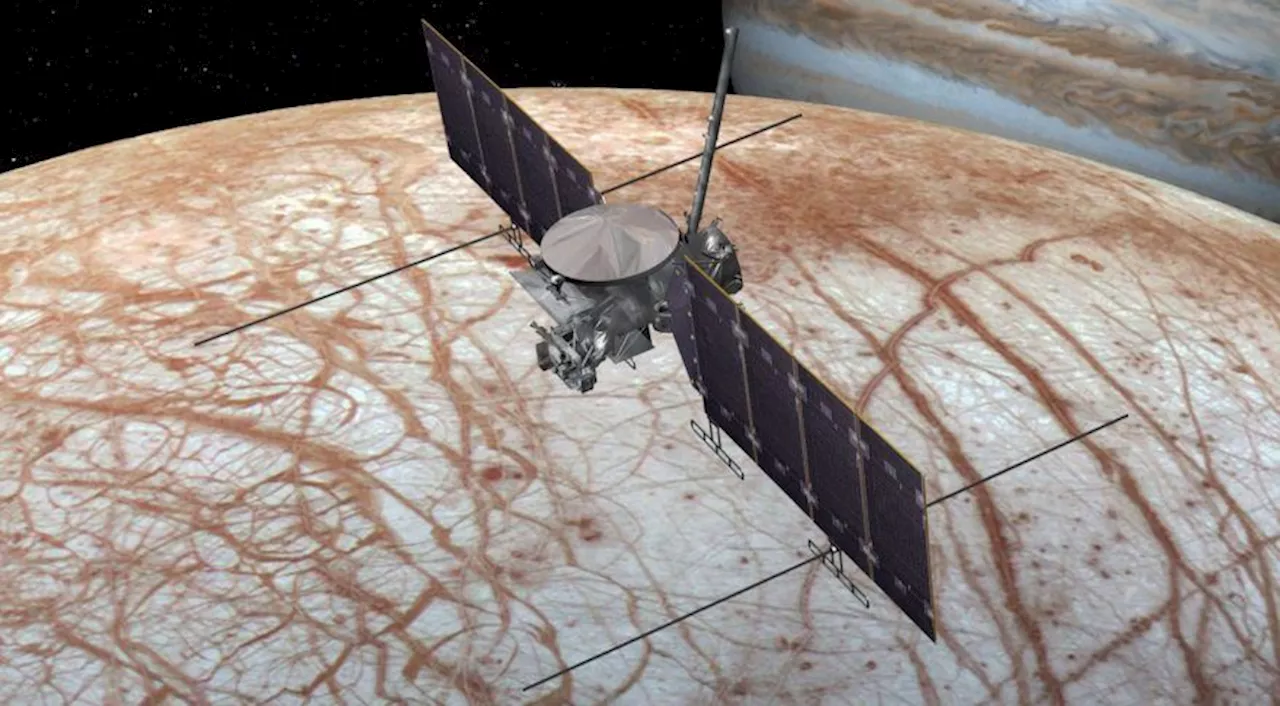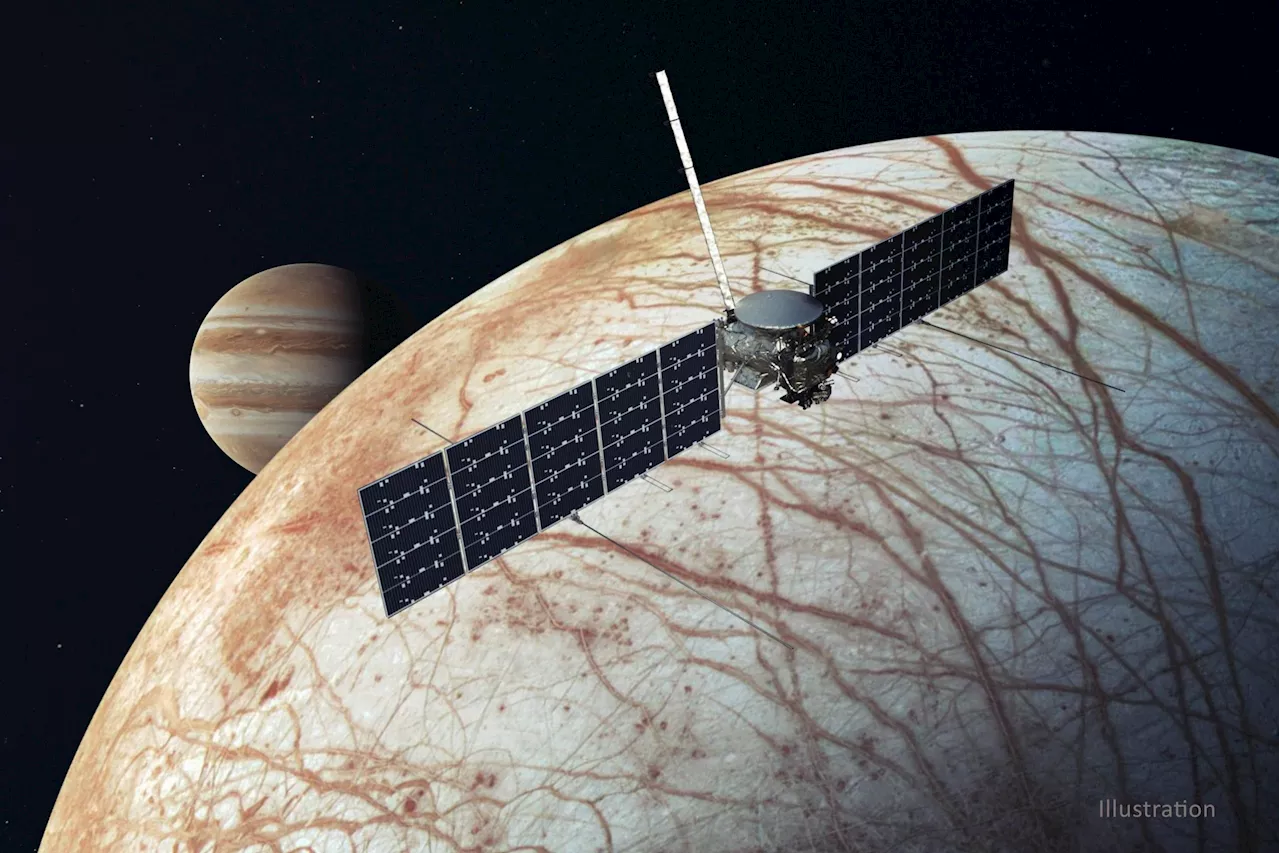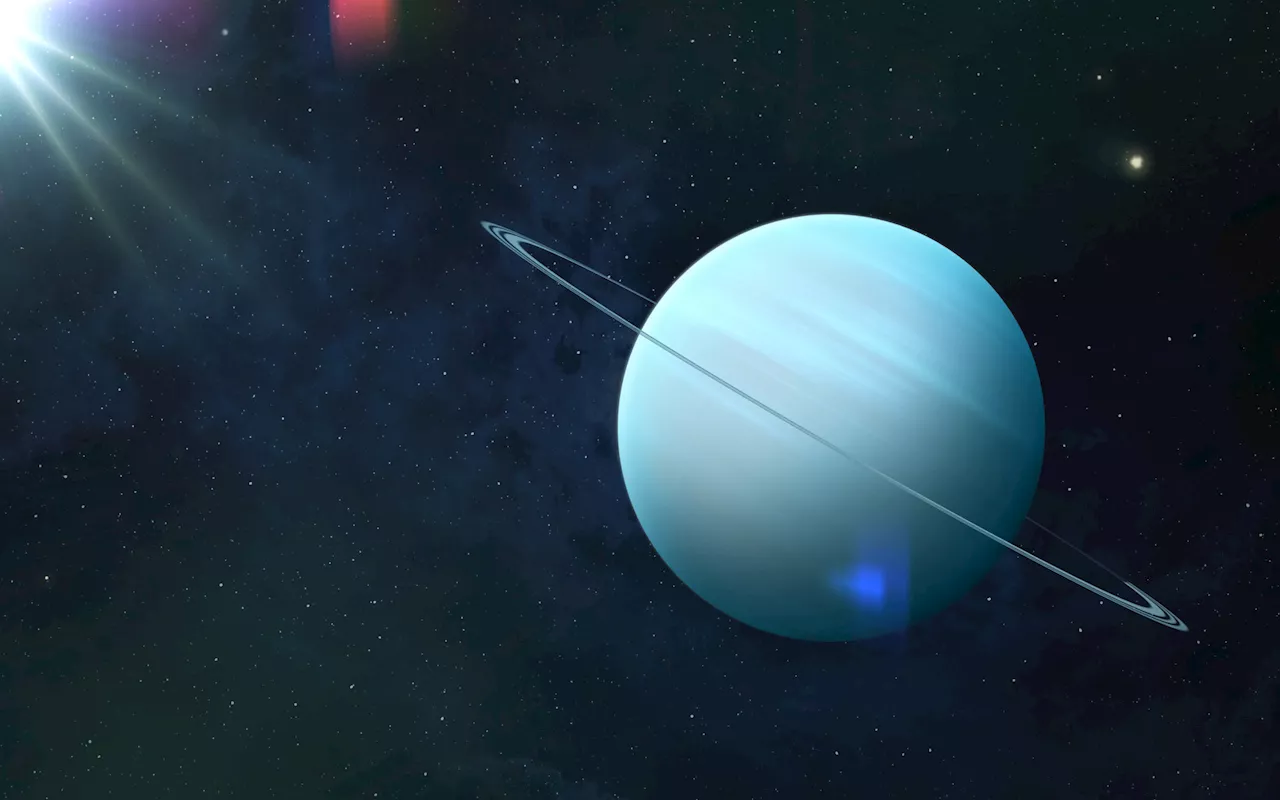The intense radiation from Jupiter could damage parts of the Europa Clipper spacecraft, putting NASA's mission to explore Europa at risk.
The fate of an upcoming mission to Jupiter’s icy moon Europa is currently in limbo after NASA discovered that some of the spacecraft’s parts are not equipped to handle the Jovian system’s heavy radiation.
“The manufacturer is working with the mission team to support ongoing radiation test and analysis efforts in order to better understand the risk of using these parts on the Europa Clipper spacecraft,” NASA wrote in a. The spacecraft was designed by Johns Hopkins Applied Physics Laboratory , in collaboration with NASA’s Jet Propulsion Laboratory and Goddard Space Flight Center.
“It appears that the issue that may be impacting the transistors on Europa Clipper is a phenomenon that the industry wasn’t aware of and represents a newly identified gap in the industry standard radiation qualification of transistor wafer lots,” NASA wrote.
United States Latest News, United States Headlines
Similar News:You can also read news stories similar to this one that we have collected from other news sources.
 NASA's $5 billion Europa Clipper mission may not be able to handle Jupiter's radiationMichael Wall is a Senior Space Writer with Space.com and joined the team in 2010. He primarily covers exoplanets, spaceflight and military space, but has been known to dabble in the space art beat. His book about the search for alien life, 'Out There,' was published on Nov. 13, 2018.
NASA's $5 billion Europa Clipper mission may not be able to handle Jupiter's radiationMichael Wall is a Senior Space Writer with Space.com and joined the team in 2010. He primarily covers exoplanets, spaceflight and military space, but has been known to dabble in the space art beat. His book about the search for alien life, 'Out There,' was published on Nov. 13, 2018.
Read more »
 $5 Billion on the Line: Will NASA’s Europa Clipper Survive Jupiter’s Extreme Radiation?Science, Space and Technology News 2024
$5 Billion on the Line: Will NASA’s Europa Clipper Survive Jupiter’s Extreme Radiation?Science, Space and Technology News 2024
Read more »
 Astrophysicists May Have Solved Mystery of Uranus's Radiation BeltsVoyager 2's fly-by of Uranus in 1986 detected that its radiation belt was weaker than expected.
Astrophysicists May Have Solved Mystery of Uranus's Radiation BeltsVoyager 2's fly-by of Uranus in 1986 detected that its radiation belt was weaker than expected.
Read more »
 Rare, mystery blasts from sun can devastate the ozone layer and spike radiation levels on EarthProf. Cooper specialises in using ancient DNA to record and study evolutionary processes in real time, especially those associated with climate and environmental change, human impacts, public health and disease, geomagnetism and solar physics.
Rare, mystery blasts from sun can devastate the ozone layer and spike radiation levels on EarthProf. Cooper specialises in using ancient DNA to record and study evolutionary processes in real time, especially those associated with climate and environmental change, human impacts, public health and disease, geomagnetism and solar physics.
Read more »
 When ultrashort electron bunch accelerates and drastically stops, it can generate terahertz radiationThe propagation of charged particles in a medium at a speed exceeding the phase speed of light in the medium (this speed also called superluminal) leads to the generation of radiation. The diagram of generated radiation during this process has a conical structure.
When ultrashort electron bunch accelerates and drastically stops, it can generate terahertz radiationThe propagation of charged particles in a medium at a speed exceeding the phase speed of light in the medium (this speed also called superluminal) leads to the generation of radiation. The diagram of generated radiation during this process has a conical structure.
Read more »
![]() The E-M1 Mark III Astro Perfectly Sees Hα Radiation for Vivid Celestial PhotosOM System quietly launched the E-M1 Mark III Astro with an IR cut filter that allows 100% transmittance of Hα Radiation.
The E-M1 Mark III Astro Perfectly Sees Hα Radiation for Vivid Celestial PhotosOM System quietly launched the E-M1 Mark III Astro with an IR cut filter that allows 100% transmittance of Hα Radiation.
Read more »
